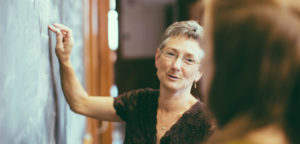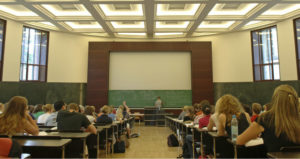
Teaching Students Who Are Much Younger Than You: Four Considerations
As I prepared to teach my first-year orientation class this fall, I realized that I am 44 years older than my youngest students. Our window of shared experiences is small. They’ve always had iPhones and been able to text and use Instagram, and most are











